The story of a house, a hillside, a tree, and the quiet ways in which life finds a way to return.
The place now known as Oakland, California, was once a vast oak woodland, home to the Ohlone people for thousands of years. The city's name reflects this heritage. The part of Oakland I call home was shaped by meandering creeks and shaded by towering oaks—an ecosystem that sustained both wildlife and human communities for generations.
Over time, as colonization and urbanization took hold, the landscape began to change. What was once a thriving ecosystem gradually gave way to public use and development.
In the late 19th century, philanthropist and landowner Jane K. Sather, known for her generous contributions to the University of California, permitted her Oakland property to be used as a public space known as Sather Park. To make the park more accessible, Francis Marion “Borax” Smith’s Oakland Traction Company constructed a large wooden trestle bridge around 1893, extending a trolley line from downtown Oakland through Park Boulevard into the park.
To facilitate access to the park, Francis Marion "Borax" Smith's Oakland Traction Company constructed a large wooden trestle bridge around 1893, extending a trolley line from downtown Oakland through Park Boulevard into the park. This bridge spanned Indian Gulch (a steep, oak-lined ravine named by settlers, once home to a seasonal creek that carved through the hills), transporting visitors to the park's pavilion, where events like dances, conventions, and camp meetings were held.
Mark Twain is among the notables known to have made the trip.
The Forest
In the early 20th century, as Oakland expanded, the fate of these areas hung in the balance. Around 1914, under Mayor Frank Mott's administration, there was a movement to preserve this neighborhood as a public park, envisioning it as part of a greenbelt connecting Lake Merritt with other natural spaces.
However, the plan faced financial hurdles and, despite sincere efforts, the land was eventually sold to developers. The landscape was transformed—ancient oaks were cut down, and roads and houses replaced what had once been dense forest. The winding street that runs through the neighborhood today was built directly over the creek, and while this community (myself included) benefits from that development, it’s a stark contrast to the lush woodland that once thrived here.
Still, traces of the past remain. The creek reappears behind some people’s homes. Pieces of the original wooden trestle still stand in a few backyards. And a few ancient oaks continue to grow—living testaments to the landscape that once was.
One such oak once stood on the property we now own. Ancient and massive—150, 200, maybe even 250 years old—it had a trunk over six feet in circumference and roots that ran deep into the hillside—a quiet giant that anchored not just the steep slope, It had a trunk over six feet in circumference and roots that ran deep into the hillside, anchoring not just the slope, but an entire web of life around it.
Oaks in general are considered keystone species across much of the Northern Hemisphere. Most regions in Europe and North America have their own native oaks, each supporting a rich diversity of life. Here in California, it’s the coast live oaks that play that role—trees on which entire ecosystems depend. A single oak can support hundreds of species of caterpillars, which in turn feed countless birds. Deer browse their leaves and acorns. Birds nest in their limbs. Squirrels, woodpeckers, and insects all rely on them. These trees aren’t just part of the landscape—they are the landscape.

This oak would have done all that and more. It stood on the front hillside of this property—rooted deep into the slope, rising above the canyon. Its branches stretched high and wide. It was so tall and full that I was told you couldn’t see the house from the street—or the street from the house.
The Neighborhood
That makes sense, considering where the house sits. Our home—which we named Little Montali—is perched about 100 feet above street level, up on the hillside, overlooking the neighborhood below. It’s part of what makes this house so special. When the area was developed in the early 1900s, most homes were built right along the road, for practical reasons. Building at street level meant easier access and fewer costs, even if it still required carving into hillsides and reinforcing them with retaining walls to prevent erosion and mudslides.
But at some point, someone made a different choice. Instead of looking down, they looked up—and decided to build a house all the way at the top of the hill. 100 feet up. That decision made this house unlike almost any other around it. I don’t know who that person was, but I wish I could thank them. Thanks to them, we now sit above the rooftops, looking out over our little village and the canopy of trees that thread between the homes. (And yes, it means walking up and down 100 steps every time we come and go.)
While thousands of trees were likely removed to make way for the development of this neighborhood, it’s clear that whoever built this house made an effort to preserve the ones they could. Several oaks grow within a foot of our house—close enough to brush against the walls—and we have several others scattered throughout the property.
But the most majestic of them all was the one that stood at the edge of the front hillside of Little Montali.
The Tree That Was
Its limbs stretched up and outward, westward toward the sun, as well as toward the neighboring house. Like many coast live oaks on these hillsides, it wasn’t straight or symmetrical. These trees grow in response to wind, slope, sun, and space—they twist, lean, and arch, often looking as though they’re defying gravity. But that’s part of their strength. This one had clearly adapted over centuries to the hillside, anchoring itself deeply and growing wide rather than tall, forming a sculptural, sprawling canopy.
The couple who lived in the house next door loved that tree. For decades, they paid to have it cabled and maintained. They made sure it stayed strong, healthy, and safe, even as its limbs towered over their house.
But when that couple decided to sell, the prospective buyers said they wouldn’t go through with the purchase unless the tree — on this property, the neighboring property — was cut down. Not even cut back or pruned. But removed entirely. Even though the oak wasn’t on the property they were about to purchase, the buyers made its removal a condition of the sale.
And somehow, they got it. The woman who owned Little Montali at the time must have been heartbroken—but in the end, she conceded. Most likely, they argued it was a hazard, a liability. It’s especially sad because oak trees are “protected” in Oakland —technically, it’s illegal to cut them down. But I’ve since learned that protection doesn’t always mean preservation.
If a developer—or anyone, really—wants to cut down an oak tree, they usually can. Even if it’s protected. Even if it’s healthy. They just have to make a case and pay for a permit. That’s all it takes. And so, a permit was obtained, a professional tree crew was hired, the city closed off the road, and over the course of two days, the tree was dismantled and removed piece by piece. Limb by limb. Branch by branch. Leaf by leaf. Gone. I heard the whole thing cost $10,000. That’s what it cost to eliminate a 500-year-old tree. That was in 2011.
The Result
We found this house in early 2012. We weren’t even looking to move—we’d been in our old house for eight years and had no plans to leave. But I saw the listing (I’ve always loved browsing Redfin for fun—and still do), and it caught my attention. Also, the description said, “It’s worth the hike.”
So, I asked David if we could go to the open house. Again, we weren’t looking to move! He said yes. The house itself had great bones. The interior was dated, sure—but nothing that couldn’t be fixed. But what we both loved was the setting: the hill it sat on, the trees that surrounded it, the privacy, the sense of being tucked away and high up in the trees. As soon as we pulled up, I knew. I wanted to be here. I needed to be here. It was my sanctuary.
And my sanctuary it became. We were the only ones who made an offer, and we moved in April 2012—thirteen years ago this month. Since then, we’ve renovated the house from top to bottom, inside and out. It’s been a lot of work, but we’ve poured love into every inch—especially the land that surrounds it.
By the time we moved in, all that was left of that oak tree was the giant stump—scorched, cracked, and surrounded by English ivy. A ghost of what had been. The one silver lining? Without the tree’s shade, the ivy—a highly invasive and aggressive grower—eventually dried out and died. Still, the loss of the oak was striking. Even the resident deer noticed its absence.
The hillside felt exposed. Every time I looked out the window or walked past it coming or going from the house, I saw the void. Just the massive stump remained, surrounded by dying ivy—like a wound on the landscape, a ghost of something whose life was cut short before its time.
The Reason
Eventually, we got to know the new neighbors—the ones who demanded the tree’s removal before they even owned the house next door. One day, I asked the man why he did it. He told me, flatly, it was about resale value. Not current danger, just future inconvenience. Because one day, maybe, it might make selling their house harder. Over time, I realized he didn’t seem to like trees at all. He talked about cutting down the liquidambars in front of their house too—not because they were non-native (they are), or because the roots were damaging the sidewalk (they were), but because he didn’t like raking leaves.
They never did cut those trees down. Because five years after they moved in, they sold the house and moved on. They weren’t here to put down roots—they were just passing through. But in that short time, they made a decision that left a permanent mark. The oak was gone.
But the person who bought that house from them? He would have kept that oak. He would never have asked to have it cut down. He loves the trees.
The Return
Meanwhile, we settled into Little Montali and began tackling all the indoor renovations and multiple garden projects. We renovated the house from top to bottom and slowly, lovingly, began landscaping the property—maintaining what had been here before, improving where we could, and learning each section of the land, one area at a time. And there are a lot of sections.
But that front upper hillside—the one where the oak once stood—remained mostly untouched. It just wasn’t a high priority. There’s a massive coast redwood there as well, which is impressive in its own right and gave the area some structure and shade. And the slope is steep, which made it less inviting to work on, especially with so many other projects demanding attention.
But then—something else began to happen.
The oak started to come back.
At first, it was barely noticeable. Just a few green shoots pushing up from the stump, tentative and small. And I thought that would be it. Then came more. Then it started to look like a shrub. Then came multiple limbs—rising and reaching. Season after season, it kept going. And growing. And leafing out.
Today, it’s a tree again. Not a huge one, but a real one. And it’s already doing what oaks do. The deer nibble at its young leaves. The bushtits flit and forage through its branches. Life is gathering around it again. A whole ecosystem—slowly, steadily—returning.
The Resilience
And every time I look at it, I’m reminded of how resilient nature is. Life persists. Wounds heal. Nature rebounds.
I’m also reminded that our choices matter, that individuals have so much power for good or ill. As I always say, we don’t get to decide whether we can make a difference. We get to decide only if the difference we inevitably make is negative or positive.
That oak was cut down because someone prioritized resale value over the life it supported. And now, it’s returning because someone else—us—chose to step back. To leave it alone. To let it reclaim its place.
That kind of restoration also requires time and trust—trust that what’s been harmed can heal, and time for it to do so. It also requires discernment: knowing when to act and when to let go.
Being stewards of this land means both doing and not doing. It means creating space and conditions for life to thrive, and also knowing when to simply stay out of the way.
On that hillside, all around the once-massive, now-resurging oak, are dozens of other oak saplings. Many likely sprouted from acorns carried and cached by our squirrels, scrub jays, deer, and other animals. And most of them are technically growing on our tree-loving neighbor’s side of the slope, but with his blessing, I’m helping them—championing their survival. Dozens were buried under invasive, non-native plants like English ivy, milk thistle, poison hemlock, and panic veld grass, and I’ve spent hours on that steep hillside freeing the saplings—giving them light, air, and space so they can grow strong.
Healing is possible. Renewal is possible. But only when we create the conditions that allow it. That means time. That means space. That means trust. And yes, sometimes that means intervention.
Nature is resilient—but only if we remember our role. Not as masters of the land, but as stewards of its recovery and partners in its return.
Listen to the Podcast Episode
The audio version (called A Story of an Oak Tree: How to Be Resilient, Rooted, and Renewed) goes deeper and includes more about the steps I’m taking to feel resilient, grounded, and rooted. Listen wherever you enjoy podcasts or by clicking on the audio player below.
More Resources for You!
👉 Work with me 1:1 – Get personalized guidance to build healthier habits, cultivate self-compassion, communicate with conviction, strengthen emotional resilience, or whatever you are looking for.
👉 Read A Year of Compassion – Daily inspiration to help you live with intention, kindness, and clarity
👉 Listen to Food for Thought – Inspiration for living compassionately, sustainably, and healthfully (18 years strong!)
👉 Travel with me! I host animal-friendly, luxury, all-inclusive vegan trips around the world, specifically curated to ensure high-quality, high-touch premium experiences. Check out our upcoming trips, and let me know if you have any questions.
👉 Because the publisher took The Vegan Table (and Color Me Vegan) out of print, I am able to repurpose all of my recipes for which I own the copyright again. Please check out my Recipe E-Books and my library of On-Demand Cooking Classes for more recipes.





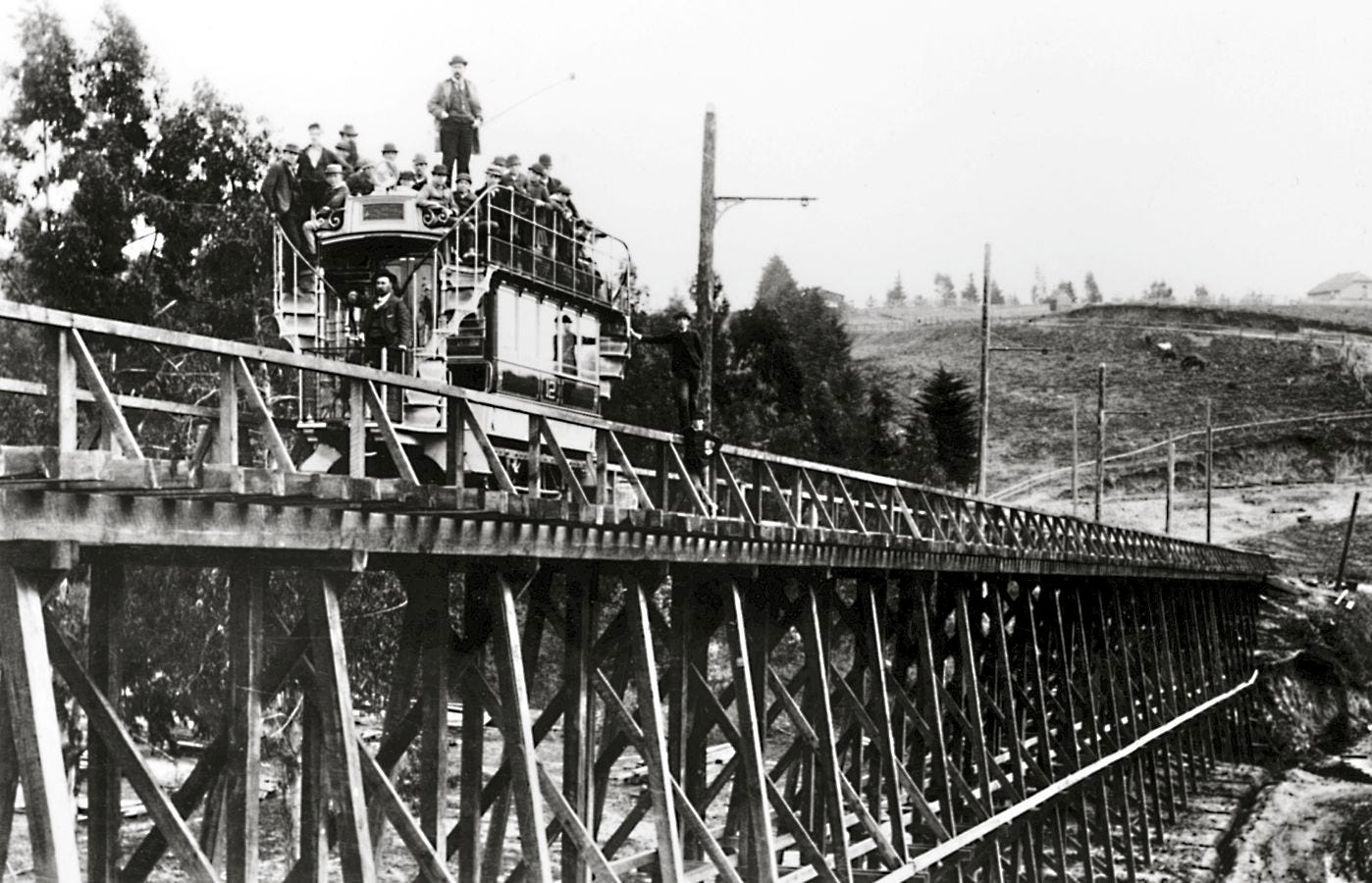
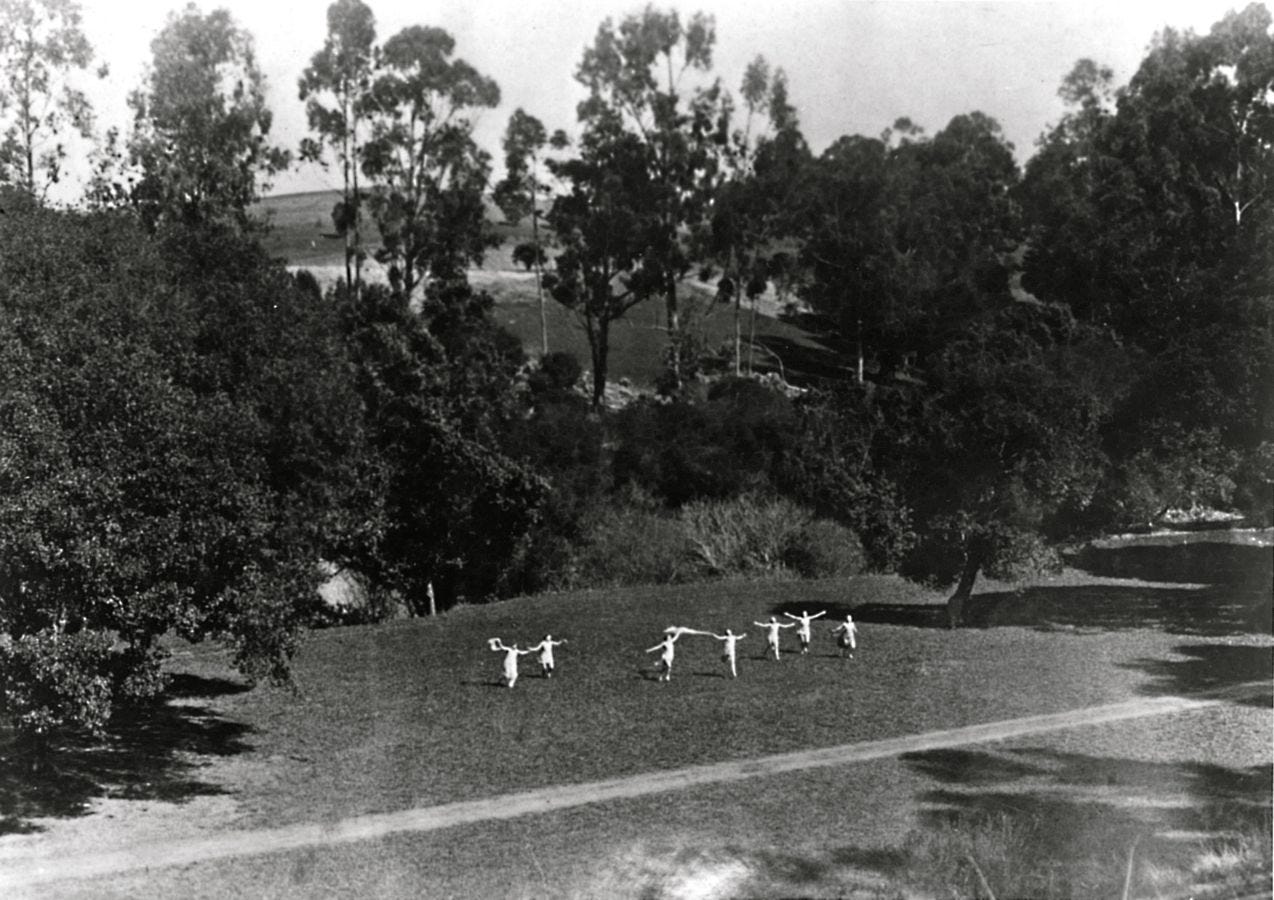
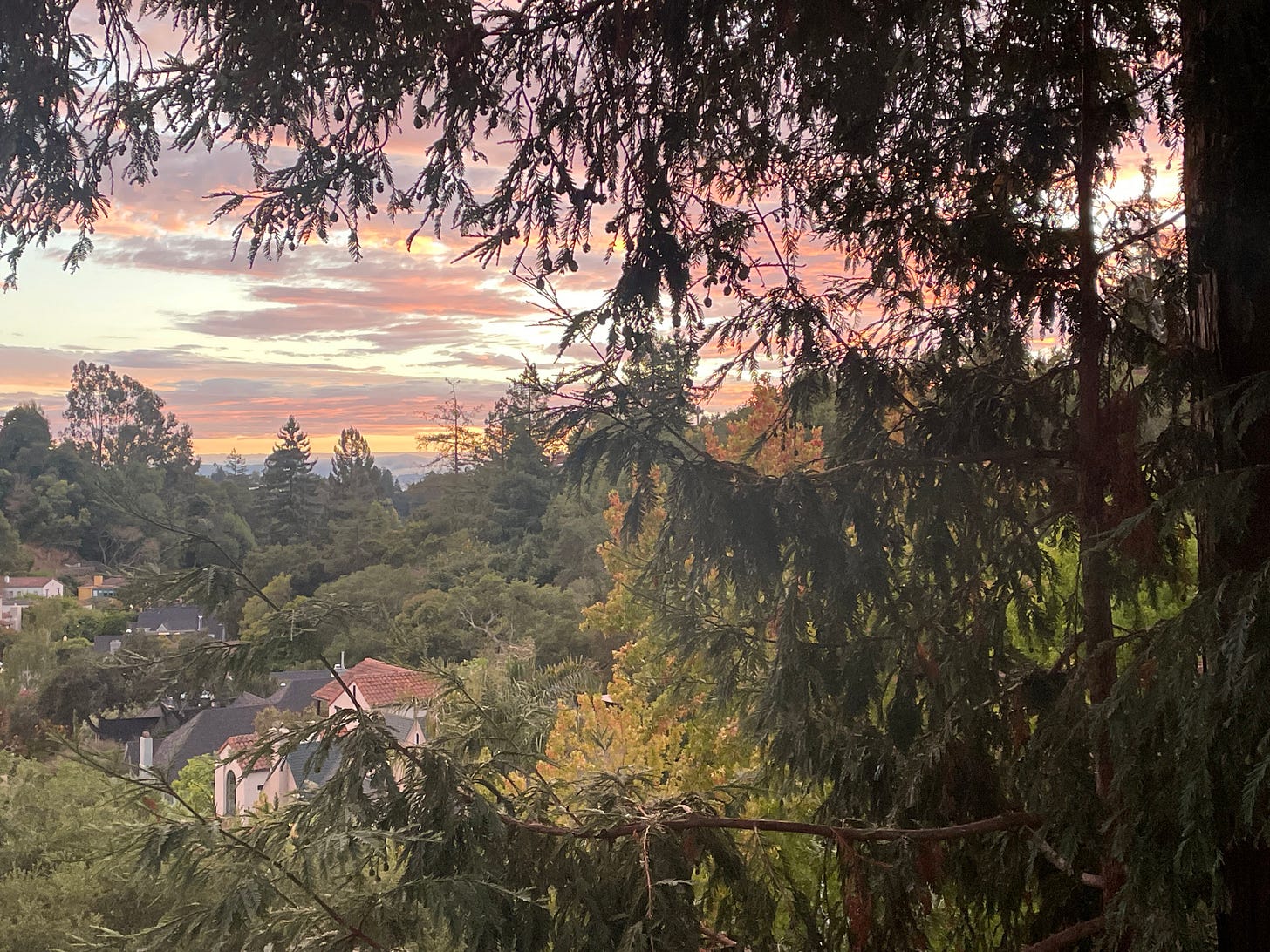

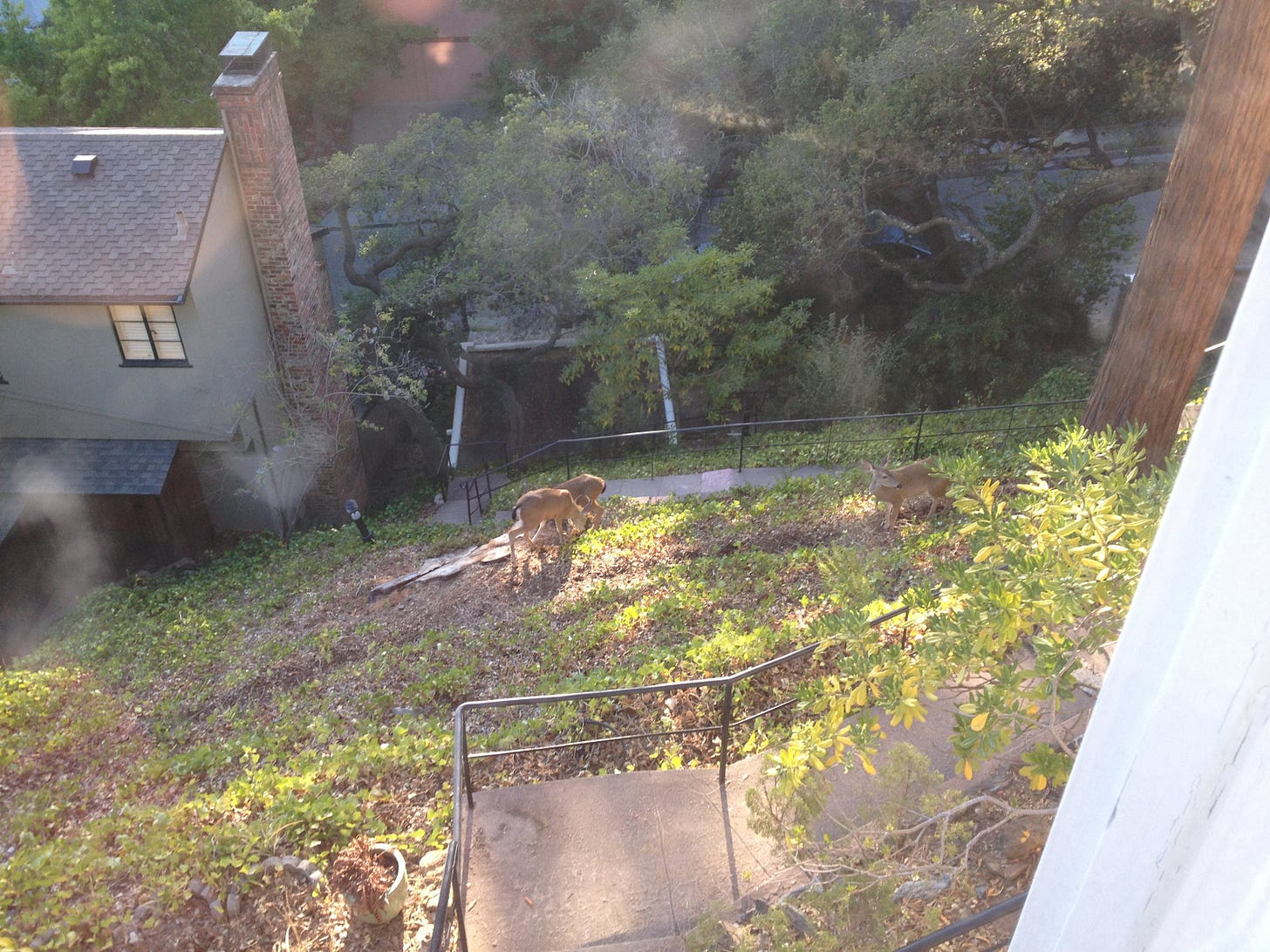
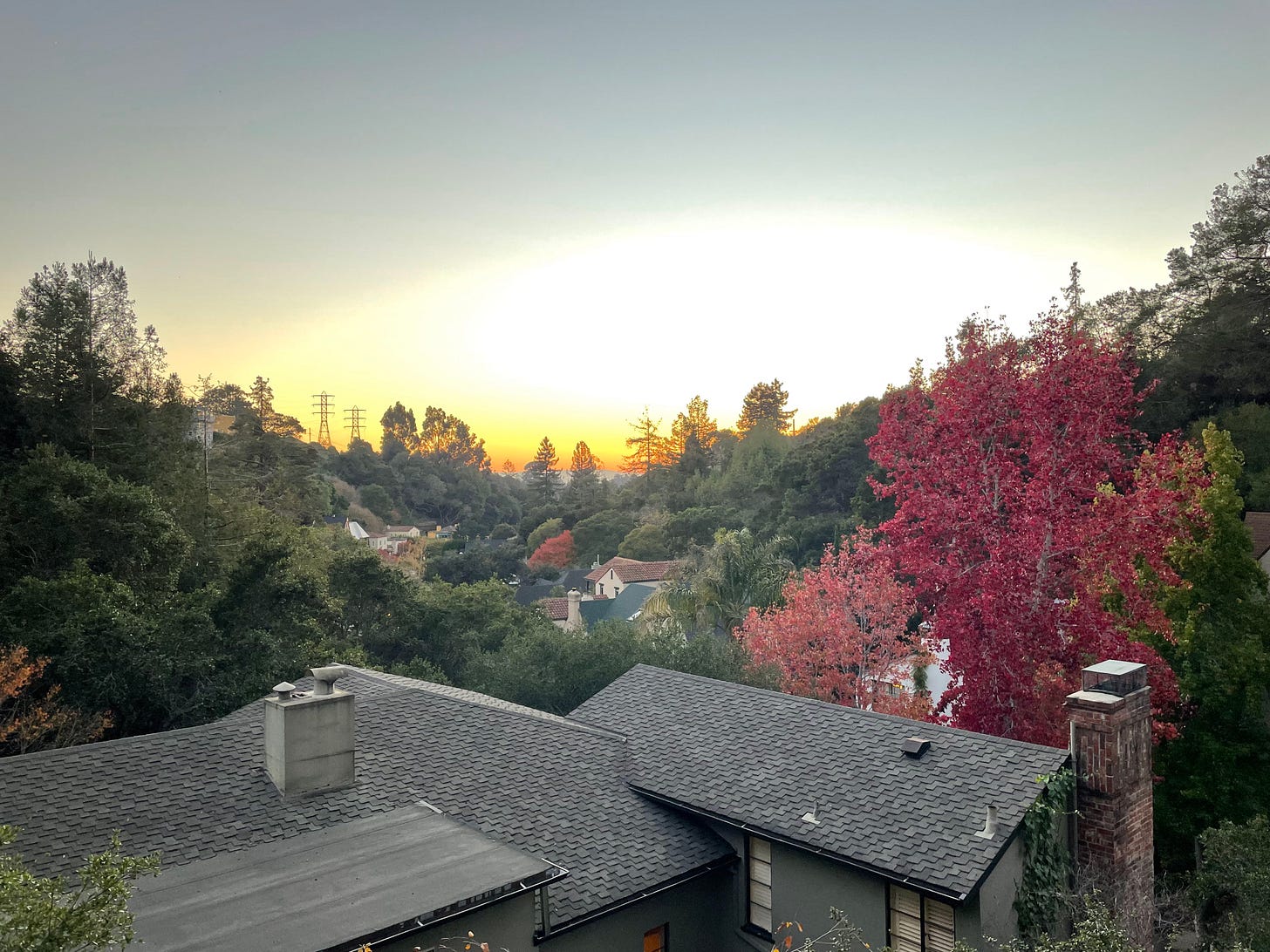
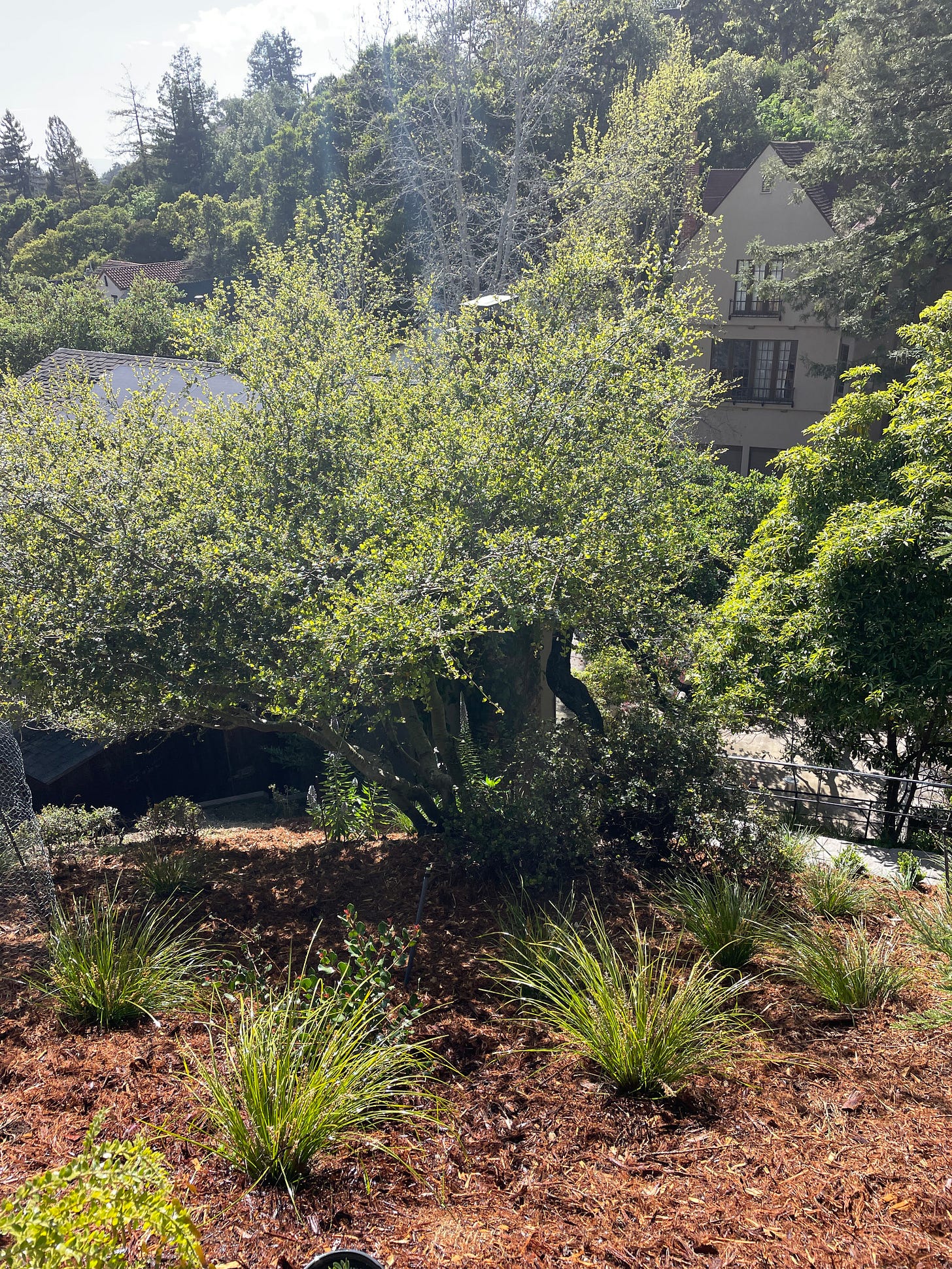
I love that story. Although sad that the original oak got cut down, it's was inspirational to read that it came back. Nature is amazing!
Miriam Leiseroff
That was so sad and beautiful. Thanks for sharing